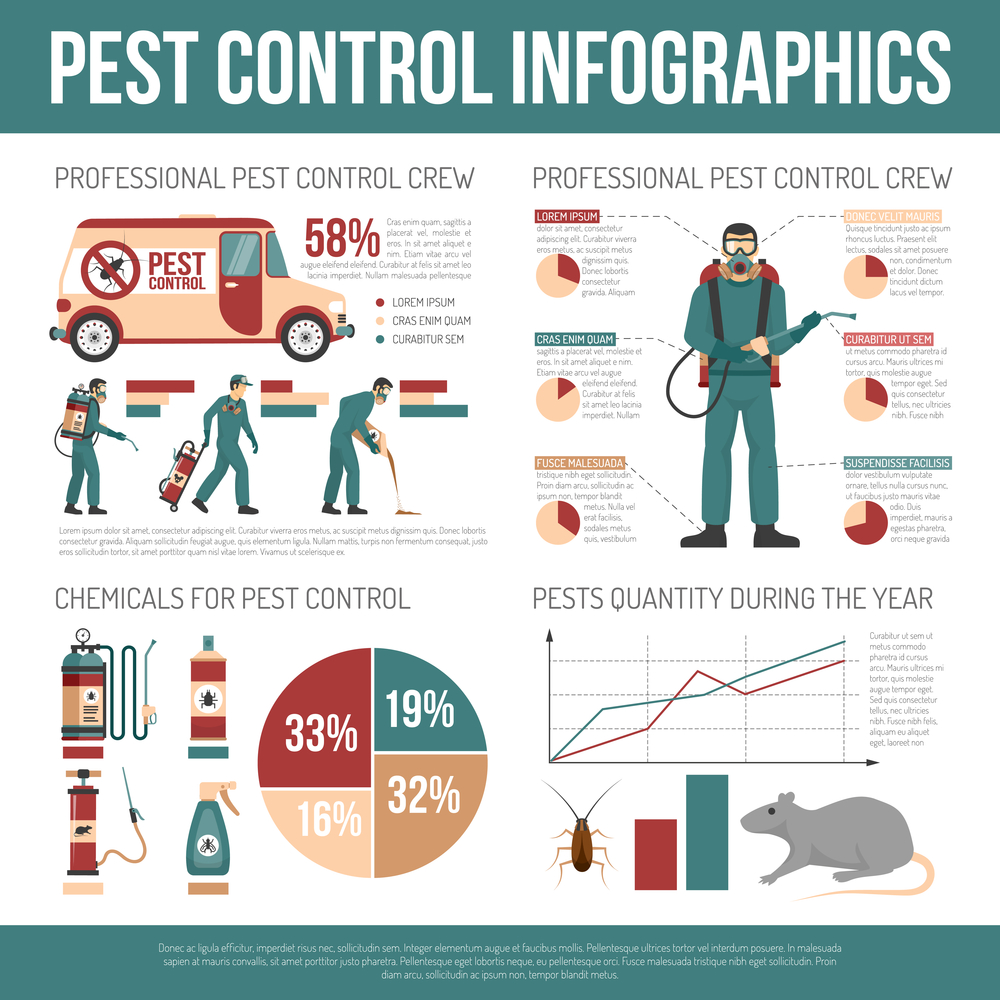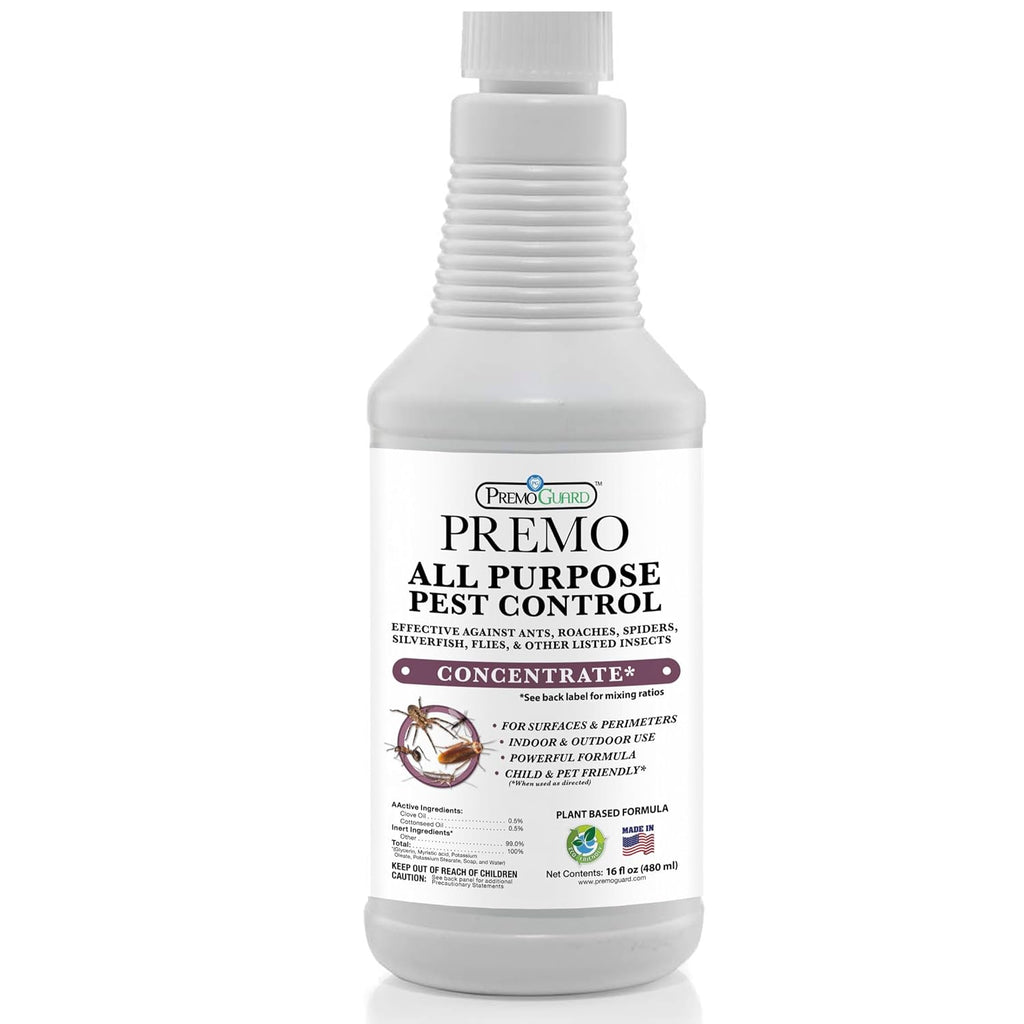Little Known Questions About Pestwise.
Little Known Questions About Pestwise.
Blog Article
Top Guidelines Of Pestwise
Table of ContentsThe Ultimate Guide To PestwiseThe 2-Minute Rule for Pestwise10 Simple Techniques For PestwiseThe Best Strategy To Use For PestwiseThe Definitive Guide for PestwiseThe Definitive Guide for PestwiseOur Pestwise Ideas

Q. Define "integrated pest management" (IPM) and checklist numerous possible control methods that might be utilized in an IPM technique. A. Integrated insect management is the incorporating of suitable pest control techniques right into a single plan to reduce insects and their damage to an acceptable level. Parasite control strategies may include: host resistance, biological control, cultural control, mechanical control, cleanliness, and chemical (chemical) control.
Pestwise Fundamentals Explained
What can you do to keep the bugs you are trying to control from coming to be resistant to the chemicals you use? A. Parasite resistance can be minimized by utilizing integrated bug administration and rotating the sorts of pesticides used.
Parasites are an important risk to the farming business, and incorporated insect management aids farmers address and mitigate these threats. Integrated parasite management uses numerous methods in complex, therefore being a more efficient option to the problem. Pest Control. In particular, getting rid of hostile chemical methods permits lessening damage to people and the environment by utilizing natural and much safer choices rather
Fascination About Pestwise
The objective of integrated insect administration is to lessen this injury and control acceptable invasion levels rather than remove all undesired populaces. This is why it is important to understand what measures are warranted in each instance and usage hostile ones just when various other integrated administration techniques don't function. Integrated management minimizes the negative consequences of a non-IPM approach, and the major benefits of IPM Conveniences of IPM.
A correct understanding of the infestation scope determines if the trouble should be addressed. are the following components of an IPM program since it is very important to understand if the microorganisms make possible dangers and make a decision on the incorporated management choices or the certain pesticide use. mean to decrease infestations by applying different agronomic strategies.
The Pestwise Statements
Integrated administration options in an IPM program begin with much safer to a lot more aggressive ones. The above-mentioned incorporated monitoring elements assist comprehend how to plan and apply an IPM program action by step: Monitor your crops regularly.

To name a few, IPM cultural techniques include the following area administration strategies: dirt therapy; option of ideal plants; crop rotation; interplanting or strip cropping; selection of planting dates; weed control; use catch plants. Desirable dirt problems speed up plant development, and vigorous crops are a lot more resistant to infestations. Wasp Nest Removal. In integrated bug administration, dirt screening assists recognize if the field appropriates for the manufacturing of this or that plant, and after that use the lacking nutrients to make sure plant healthy and balanced development
Things about Pestwise
No-till methods aid avoid dirt disintegration, adding to lasting farming. When tilling is required, it is advised to conduct it in the autumn to subject them to all-natural adversaries and serious climate. Healthy seed startings and Click This Link seeds predetermine effective crop growth, so it is very important to select pest-free planting product with solid roots.
Thus, to name a few applications, crop rotation can be successfully used as an incorporated parasite administration approach. Pests spread out slower if rows of various plant types separate their host plants in intercropping or strip cropping, which is also made use of in the incorporated bug management system. On the other hand, invasions boost when plants of the same plant type or household expand together.
Potato beetles can hurt growing potatoes, along with tomatoes. Planting catch plants in spots is an additional alternative for IPM intercropping. This incorporated parasite administration technique recommends bring in bugs to specific plants and afterwards regulating them with chemical or mechanical methods. Particularly, you can grow soybeans as trap plants for Japanese beetles.
Pestwise Can Be Fun For Anyone
Obstacles are case in points of physical IPM approaches. Let's take a closer look at them. Eliminating or picking insects out manually is a time and labor-consuming choice that is widely applied in incorporated management and natural farming. Mature pests or their eggs and larvae are accumulated by hand and ruined.

Department of Plant Sciences. This incorporated administration approach suggests an usual means of ruining pests by predators, parasitoids, pathogens, and various other biological control representatives (also known as antagonistic microorganisms). The role of biological control in IPM is to.
Pestwise Things To Know Before You Get This
With time, their populace transformed out to be an actual hassle to farmers along with indigenous kangaroos or dingoes. The walking stick toad is one more situation illustrating integrated biological control failing hereof when it declined to search the target species and ended up being an insect itself. Parasitoids develop on or within their hosts to eventually kill them after maturing.
Report this page